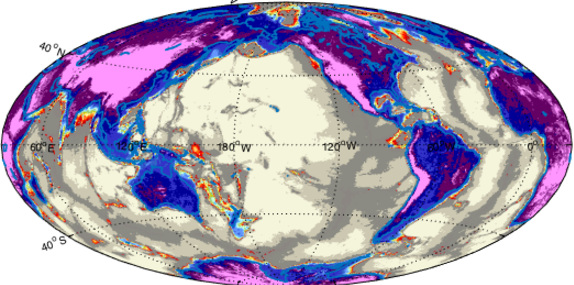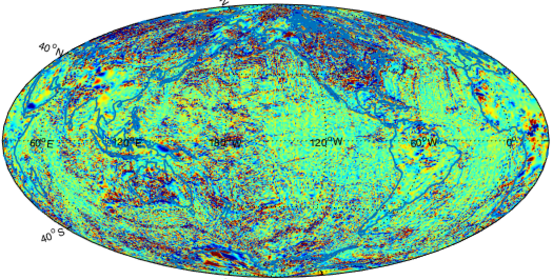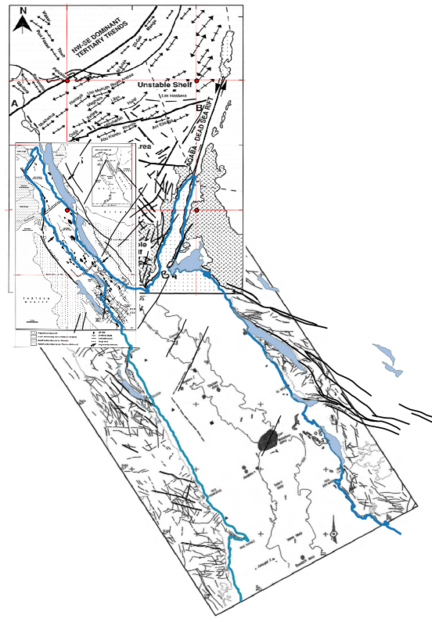At Eslan Labs we have long recognized the importance of flexibility provided to our clients by our use of open GIS
Source is our GIS geoscience platform, created to help our partner clients in their frontier and new ventures exploration. Source can be integrated with in-house data, and Eslan Labs’s will help with each step in the process. Source is driven by our global compilations of gravity and magnetic data and quality geoscience sources, research publications and Eslan’s own structural analytics and delivers modern tectonic, plate, and structural.
All data used in generating our interpretations are stored using open GIS management systems and collaborative open-source tools. We use cloud hosted GIS databases where the data are encrypted at rest and on the move. These databases include attributes and metadata that provides information on what the data contains, detailed descriptions and explanation of attribute tables and examples of how the data was used. All of Eslan Labs’ open GIS feature classes include comprehensive attribution, reflecting data confidence and provenance.


